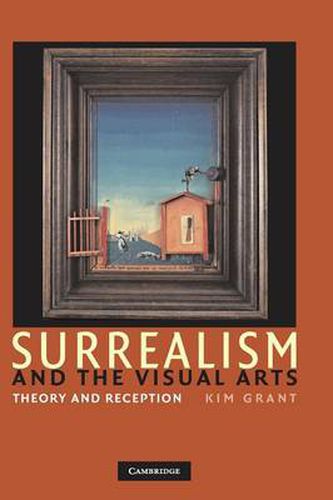Readings Newsletter
Become a Readings Member to make your shopping experience even easier.
Sign in or sign up for free!
You’re not far away from qualifying for FREE standard shipping within Australia
You’ve qualified for FREE standard shipping within Australia
The cart is loading…






This study traces the development of Surrealist theory of visual art and its reception, from the birth of Surrealism to its institutionalization in the mid-1930s. Situating Surrealist art theory in its theoretical and discursive contexts, Kim Grant demonstrates the complex interplay between Surrealism and the critical expectations of contemporaries. She examines the challenge to Surrealist art raised by the magazine Cahiers d'Art, which promoted a group of young painters dedicated to a liberated and poetic painting process that was in keeping with the formalist evolution of modern art. Grant also discusses the centrality of visual art in Surrealism as a material manifestation of poetry; the significance of poetry in French theories of modern art; and the difficulties faced by an avant-garde movement at a time when contemporary audiences expected revolutionary innovation.
$9.00 standard shipping within Australia
FREE standard shipping within Australia for orders over $100.00
Express & International shipping calculated at checkout
This study traces the development of Surrealist theory of visual art and its reception, from the birth of Surrealism to its institutionalization in the mid-1930s. Situating Surrealist art theory in its theoretical and discursive contexts, Kim Grant demonstrates the complex interplay between Surrealism and the critical expectations of contemporaries. She examines the challenge to Surrealist art raised by the magazine Cahiers d'Art, which promoted a group of young painters dedicated to a liberated and poetic painting process that was in keeping with the formalist evolution of modern art. Grant also discusses the centrality of visual art in Surrealism as a material manifestation of poetry; the significance of poetry in French theories of modern art; and the difficulties faced by an avant-garde movement at a time when contemporary audiences expected revolutionary innovation.